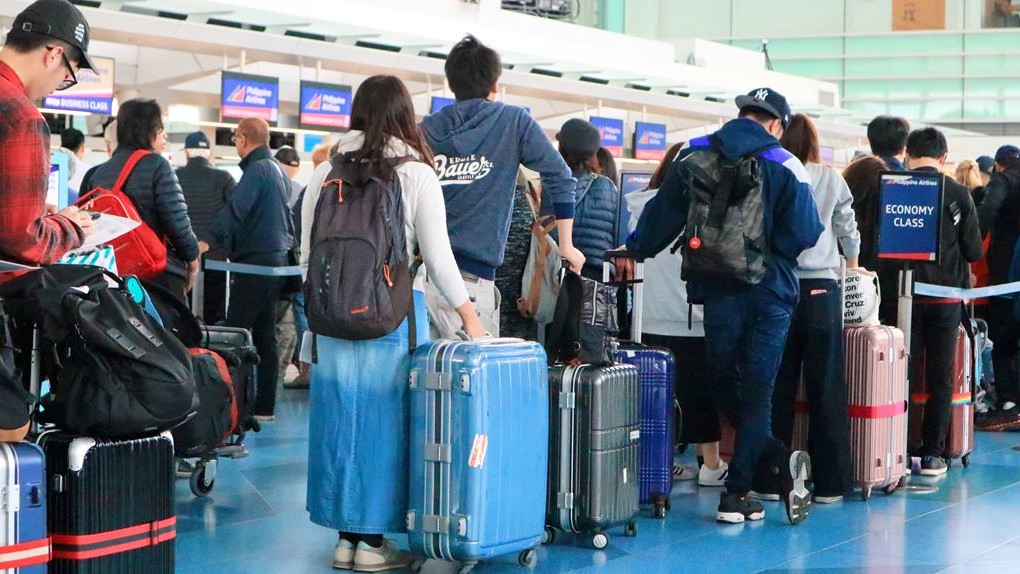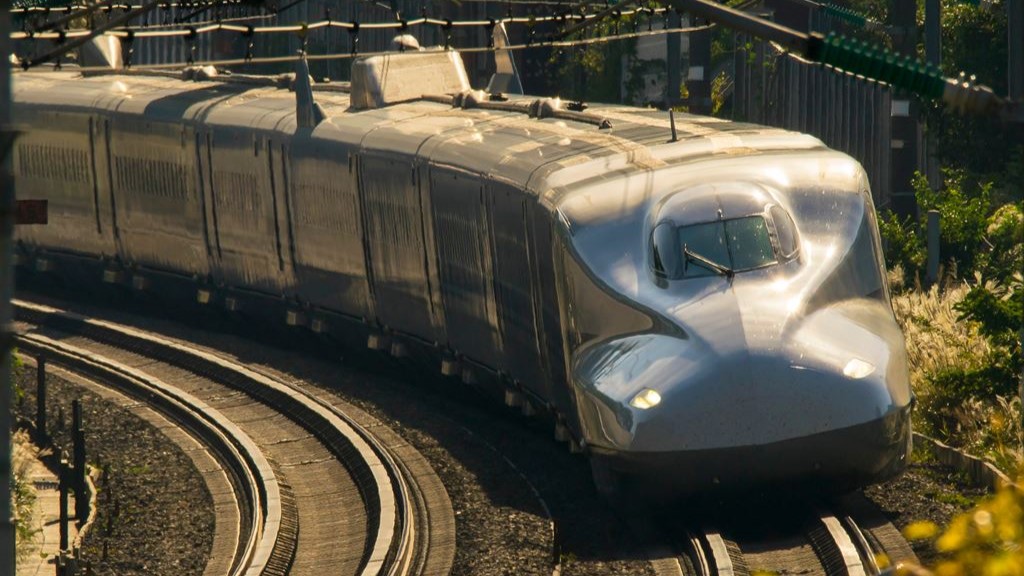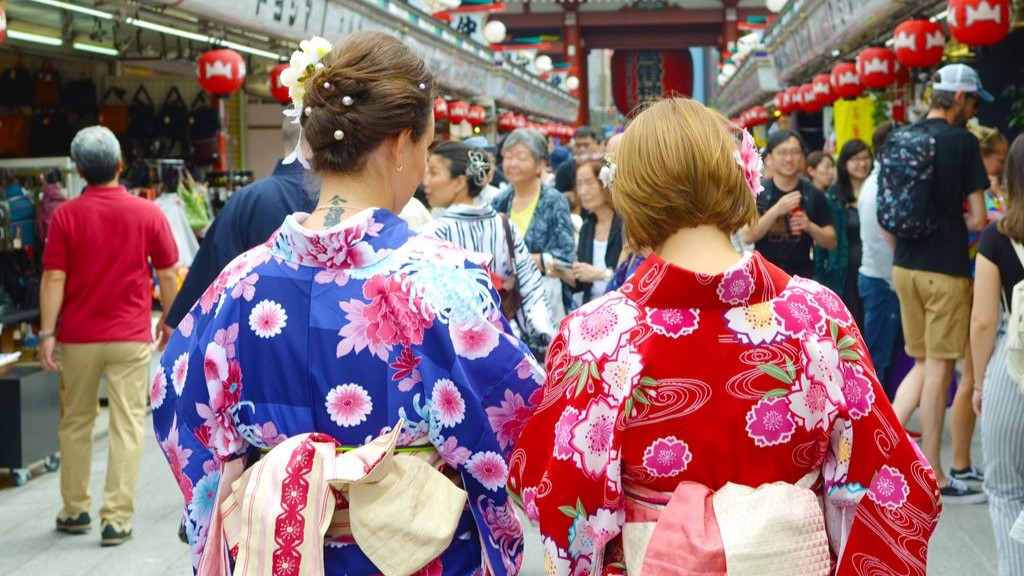Sakaedacho, Kochi, 780-0061 MAP
Current weather and clothing
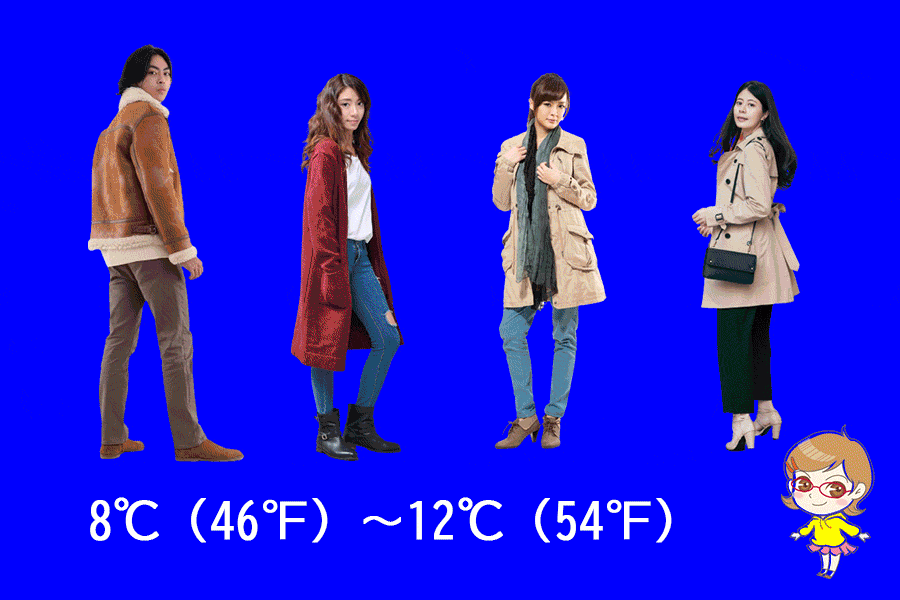
The weather information shown here is the information closest to the station in question. Please note that there may be slight differences.
Yearly temperature changes and recommended clothing
Clothing recommendations for each temperature range
When traveling in Japan with the following average temperatures, the recommended clothing is as follows:
Monthly changes in temperature, precipitation, and snowfall (1991~2020 average, Japan Meteorological Agency survey)
| Jan. | Feb. | Mar. | Apr. | May | Jun. | Jul. | Aug. | Sep. | Oct. | Nov. | Dec. | |
| temperature(°C) | 6.7 | 7.8 | 11.2 | 15.8 | 20 | 23.1 | 27 | 27.9 | 25 | 19.9 | 14.2 | 8.8 |
| precipitation(mm) | 59.1 | 107.8 | 174.8 | 225.3 | 280.4 | 359.5 | 357.3 | 284.1 | 398.1 | 207.5 | 129.6 | 83.1 |
| snowfall(cm) | 0 | 1 | 0 | — | — | — | — | — | — | — | — | 0 |
Winter
December
In December, the temperature drops further to an average of 8.8°C. The humidity is low, and the rainfall reduces to an average of 83.1 mm. It is essential to wear warm clothing, such as thick jackets, coats, sweaters, and warm pants. Accessories such as scarves, hats, and gloves are also necessary to protect from the cold.
January
Kochi Station in January has an average temperature of 6.7°C and is one of the coldest months of the year. The daytime temperature typically hovers around 10°C, while the nighttime temperature can drop down to 3°C. Visitors should expect cold weather and dress accordingly. Men and women should wear warm winter clothes such as heavy jackets, thick pants, sweaters, and gloves to keep themselves warm. It is also advisable to wear thermal undergarments and a hat to protect your head and ears. January is relatively dry, with an average precipitation of 59.1mm.
February
February is slightly warmer than January in Kochi Station, with an average temperature of 7.8°C. The daytime temperature is around 11°C, while the nighttime temperature can drop down to 4°C. Visitors should continue to wear warm winter clothes and dress in layers. It is advisable to wear a warm coat, gloves, a scarf, and a hat. February is also relatively dry, with an average precipitation of 107.8 mm.
Spring
March
In March, the temperature in Kochi Station continues to rise, with an average temperature of 11.2°C. The daytime temperature typically reaches around 15°C, while the nighttime temperature can drop down to 7°C. Although the weather is still cool, visitors can expect some warmer days during this month. It is advisable to bring layers of clothing to accommodate the temperature changes, such as a light sweater, a jacket, and a scarf. March is relatively dry, with an average precipitation of 174.8 mm.
April
April is the best month to visit Kochi Station with an average temperature of 15.8°C. Daytime temperatures are usually around 20°C, while nighttime temperatures can drop as low as 11°C. Mild weather can be expected during this month. However, with an average precipitation of 225.3 mm, rainy days are common, so be sure to bring an umbrella. A light jacket or sweater is recommended during the day and a slightly heavier jacket at night.
May
May is also a good time to visit Kochi Station, with an average temperature of 20°C. Daytime temperatures are usually around 24°C and can drop to 16°C at night. During the day it is warm, so wear light clothing such as short-sleeved shirts and shorts. However, nights are still cool, so bring a light jacket or sweater. Kochi has a lot of rainfall, and the average precipitation in May is still high at 280.4 mm.
Summer
June
June is the start of the rainy season in Kochi Station, with an average temperature of 23.1°C. The daytime temperature typically reaches around 27°C, while the nighttime temperature can drop down to 20°C. Visitors should expect humid and wet weather, so it is advisable to bring waterproof clothing such as a raincoat, umbrella, and water-resistant shoes. Women and men should also wear breathable and lightweight clothing to stay comfortable. June is the wettest month of the year, with an average precipitation of 359.5mm.
July
July at Kochi Station is the height of the rainy season, with an average temperature of 27°C. Daytime temperatures are usually around 31°C, and can drop to 24°C at night. Because of the heat and rain, light, breathable and quick-drying clothing is recommended. Both men and women are advised to wear light-colored, loose-fitting clothing and wear a hat and sunglasses for sun protection. July is another rainy month, with an average rainfall of 357.3 mm.
August
In August, the average temperature in Kochi is 27.9°C, making it one of the hottest months of the year. The humidity is high, and there is a lot of rainfall, with an average of 284.1 mm of precipitation. Therefore, it is recommended to wear light and breathable clothing made of natural fabrics such as cotton and linen. Short-sleeved shirts, shorts, and summer dresses are perfect for this weather. Don’t forget to bring an umbrella or a raincoat, as sudden rain showers can occur.
Autumn
September
In September, the weather cools down a bit, with an average temperature of 25°C (77°F). Humidity, however, remains high.
Typhoons sometimes pass through the Japanese archipelago in September, and Kochi is especially prone to typhoons, so the average precipitation is high at 398.1 mm. Light, breathable clothing made of natural materials is still recommended. Long-sleeved shirts, lightweight pants, and skirts are ideal for the climate. An umbrella or raincoat is also necessary in this case.
October
In October, the temperature drops further to an average of 19.9°C. The humidity decreases slightly, and the rainfall reduces to an average of 207.5 mm. It is recommended to wear layered clothing during this time, as the temperature may vary throughout the day. Light jackets, cardigans, and long-sleeved shirts are suitable for this weather. Pair them with pants, skirts, or jeans. It is also advisable to have a raincoat or umbrella on hand.
November
In November, the temperature continues to decrease with an average of 14.2°C. The humidity is low, and there is less rainfall with an average of 129.6 mm. It is essential to wear warm clothing during this time, as the temperature drops significantly at night. Sweaters, long-sleeved shirts, and jackets are recommended, along with pants and jeans. It is also advisable to bring a coat for the colder days.
We support your itinerary planning!
Click the button to get an overview of hotel information and popular tourist routes from all over Japan featured on our site. We’ve included comprehensive details to aid in planning your trip, so please make use of it.
Comprehensive checklist before traveling to Japan

Book flights
Compare and purchase flight tickets
When planning your trip to Japan, it's advisable to start by researching flights several months in advance. Airlines often release promotional fares, especially during off-peak seasons. Use comparison sites like Skyscanner or KAYAK to get a sense of the price range. Be flexible with your travel dates if possible; flying mid-week might be cheaper than on weekends.
>> Visit Skyscanner's official website
>> Visit KAYAK's official website
Order Japan Rail Passes for each family member
Purchase your Japan Rail Pass before departure
The Japan Rail (JR) Pass offers unlimited travel on JR trains, making it a cost-effective option for tourists. However, it's only available to foreign tourists and must be purchased *before* you arrive in Japan. Determine the areas you plan to visit; if you're traveling extensively, a nationwide pass is beneficial, but if you're only exploring a specific region, consider regional JR passes. Children under 12 get a discounted pass, so ensure you order the correct type for each family member.
>>Visit Japan Rail Pass's website
Plan your attire for Japan
Check the weather at your destination on this site
Japanese weather varies significantly by season. In summer, it's hot and humid, so breathable clothes are essential. Winters, especially in the north, can be cold, requiring warm attire. If visiting during the rainy season (June to early July), pack a good umbrella and waterproof shoes. While Japan is generally casual, certain places like temples, shrines, or upscale restaurants may require modest and neat dressing.
Reserve a pocket Wi-Fi or SIM card
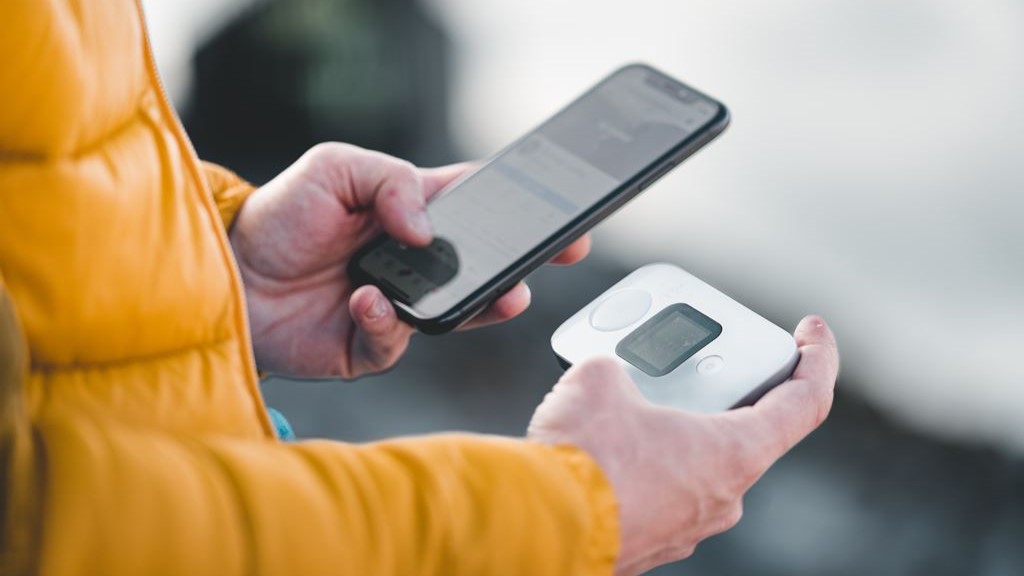
SIM card or pocket Wi-Fi is required
Beyond clothes, consider packing essentials like a universal power adapter (Japan uses Type A and B sockets), portable Wi-Fi or SIM card for internet access, and any necessary medications (with a copy of the prescription).
Which is better: a SIM card or pocket Wi-Fi?
When traveling in Japan, one essential to consider is securing internet access, especially given that many locations still don't offer free Wi-Fi. To ensure you can use your smartphone throughout your trip, you'll typically have three options: (1) a SIM card, (2) pocket Wi-Fi, or (3) the roaming service provided by your mobile company. Roaming services can be quite expensive, so we often recommend using a SIM card or pocket Wi-Fi. While SIM cards tend to be more affordable than pocket Wi-Fi, they can be trickier to set up. Pocket Wi-Fi, on the other hand, can be shared among several users, making it a favorable choice for families or groups.
▼SIM card
Advantages:
Relatively affordable.
Disadvantages:
Can be time-consuming to set up initially.
May have strict data limits.
▼Pocket Wi-Fi
Advantages:
Offers substantial data allowances.
A single device can be shared among multiple users.
Easily usable with PCs as well.
Disadvantages:
Typically more expensive.
Japan's representative services

Sakura Mobile's website
▼SIM card
>>Visit Sakura Mobile's official website
>>Visit mobal's official website
▼pocket Wi-Fi
>>Visit Sakura Mobile's official website
>>Visit NINJA WiFi's official website
>>Visit Wi-Fi RENTAL Store's official website
Book local tours as needed
Pre-book your tour and have a great trip!
Local tours offer deep insights into Japan's culture and heritage. Websites like Viator or GetYourGuide offer a variety of tours, from traditional tea ceremonies to modern pop culture tours in Akihabara. Consider unique experiences like staying with monks on Mt. Koya or taking a cooking class to learn authentic Japanese dishes.
>>Visit Viator's official website
>>Visit GetYourGuide's official website
Purchase advance tickets for popular attractions
Make a reservation to avoid crowds
Attractions like Tokyo Disneyland, Universal Studios Japan, or the Studio Ghibli Museum often have long ticket queues. Buy tickets online in advance to save time. Some attractions also have timed entry, so check the specific time slots available and plan accordingly.
▼Tokyo Disney Resort
>>Visit Tokyo Disney Resort official website
>>Visit Viator's Tokyo Disneyland page
>>Visit Viator's Tokyo DisneySea page
>>Visit GetYourGuide's Tokyo Disneyland page
>>Visit GetYourGuide's Tokyo DisneySea page
▼Universal Studios Japan
>>Visit USJ official website
>>Visit Viator's USJ page
>>Visit GetYourGuide's USJ page
Buy travel insurance

insurance concept, health, life and travel insurance
It is important to be prepared for emergencies
While Japan is a safe country, travel insurance is crucial for unforeseen events like health emergencies, travel disruptions, or lost baggage. Ensure your policy covers medical expenses in Japan, as healthcare, though excellent, can be expensive.
Here we introduce online travel insurance services that are popular worldwide.
World Nomads: An online travel insurance service widely endorsed by travelers worldwide. They offer plans that cover adventurous activities and high-risk sports.
>>Visit World Nomads' official website
AIG Travel Guard: An insurance service available to travelers all over the world. They offer a wide range of options, including cancellation protection and emergency medical insurance.
>>Visit AIG Travel Guard's official website
Share your itinerary with emergency contacts
Organize your reservation information
Keep a digital and printed copy of your detailed itinerary, including hotel addresses, train schedules, and booked tours. Share this with a trusted family member or friend not traveling with you.










